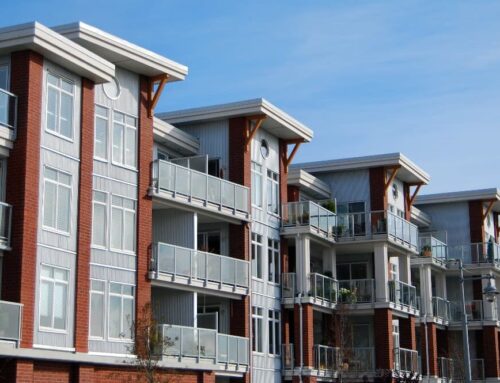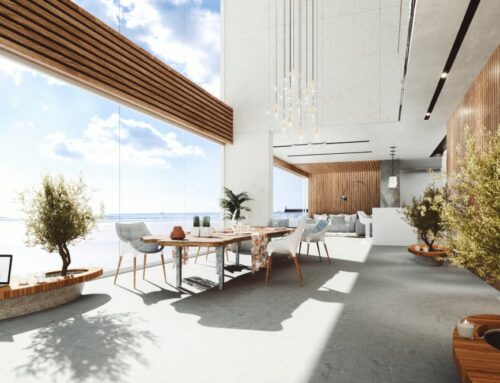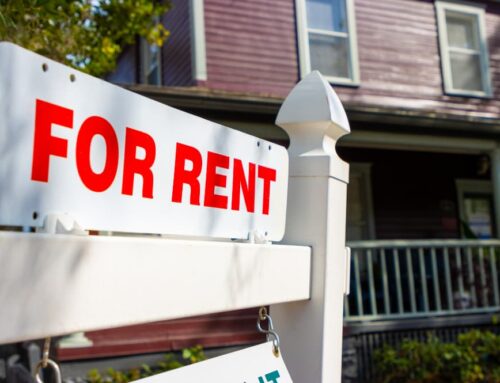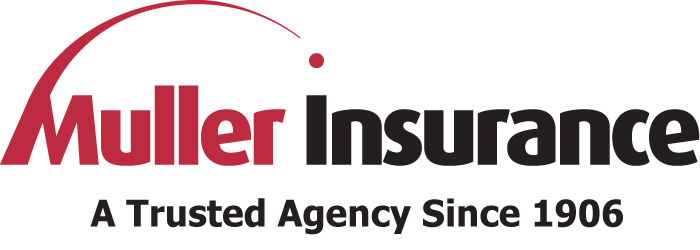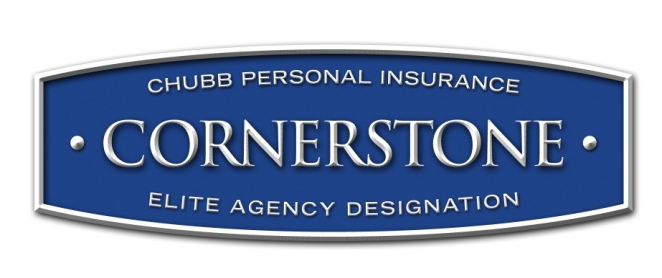Insurance coverage is always complex, and this is especially true for condominiums. Responsibility is split between owners and the condo association, making it difficult to always know who needs coverage when damage occurs. While the contents of each condo fall under the owner’s insurance policies, structures are often within the condo association’s scope. To learn more about what must be covered, Muller Insurance takes a closer look at condo structure insurance and why it’s so important.
Pools, Tennis Courts and Other Fitness Areas
Condos frequently offer residents recreational areas and fitness centers to make the community more appealing. Pools, tennis courts, on-site gyms, and other structures must be covered by the condo association’s structure insurance, as these facilities are designated common areas. Without rapid repairs, safety hazards can arise, and the community’s overall property values may diminish. This makes adequate condo structure insurance especially important to ensure necessary repairs are completed in a timely fashion.
Porches, Decks, and Patios
These structures are constantly exposed to the elements, leaving them open to damage caused by extreme weather and regular rain, wind, snow, and hail. When porches, decks, and patios are intended solely for the use of individual unit owners, they should be covered by the homeowner’s insurance policy. However, if the property includes communal patios or decks for use by all residents, these structures should be covered by the condo association’s insurance.
Garages and Carports
Garages and carports add value to condos, especially in areas where snow and ice require drivers to clean off their cars on winter mornings. Unfortunately, these structures are exposed to weather-related damage, as well as collisions with vehicles that can require repairs. If the condominium offers garages or carports that are not considered part of an individual unit, they must be covered by the association’s condo structure insurance to receive compensation in the event of damage.
Hallways and Shared Walls
Separate from the walls, floors, and hallways inside individual units, shared structural components within the condominium building are the responsibility of the condo association. Condo structure insurance is essential for the repair or replacement of these critical components in the event of fires, vandalism, sewer backup, leaks, and similar issues. If these shared spaces contain any furnishings intended for use by community members, the condo association will be liable for their repair or replacement. These items, however, must be covered by contents insurance rather than structure insurance.
Units’ Interior Structures
Some condo associations take responsibility for the structural components of individual units, such as floors, walls, and ceilings, lighting, cabinets and counters, and carpet. This is at the discretion of the association and should be made clear to individual unit owners. When these components are not covered by the association’s structure policy, they must be covered by the homeowner.
If the owner has made improvements to their unit, these items should be covered by their insurance rather than the condo association’s policy. For example, if a homeowner updates kitchen cabinets, these structures are no longer considered community property and must be covered by an individual’s condo structure insurance policy.
Learn More about Condo Structure Insurance
When damage occurs to communal areas or individual units, both the condo association and the condo owner need comprehensive condo structure insurance. To learn more, request a quote from Muller Insurance. We’ve served Hudson and Southern Bergen Counties for more than 100 years and work with 20 top insurance companies to provide condo structure insurance for every need and budget, so you can get the coverage you need for peace of mind.

